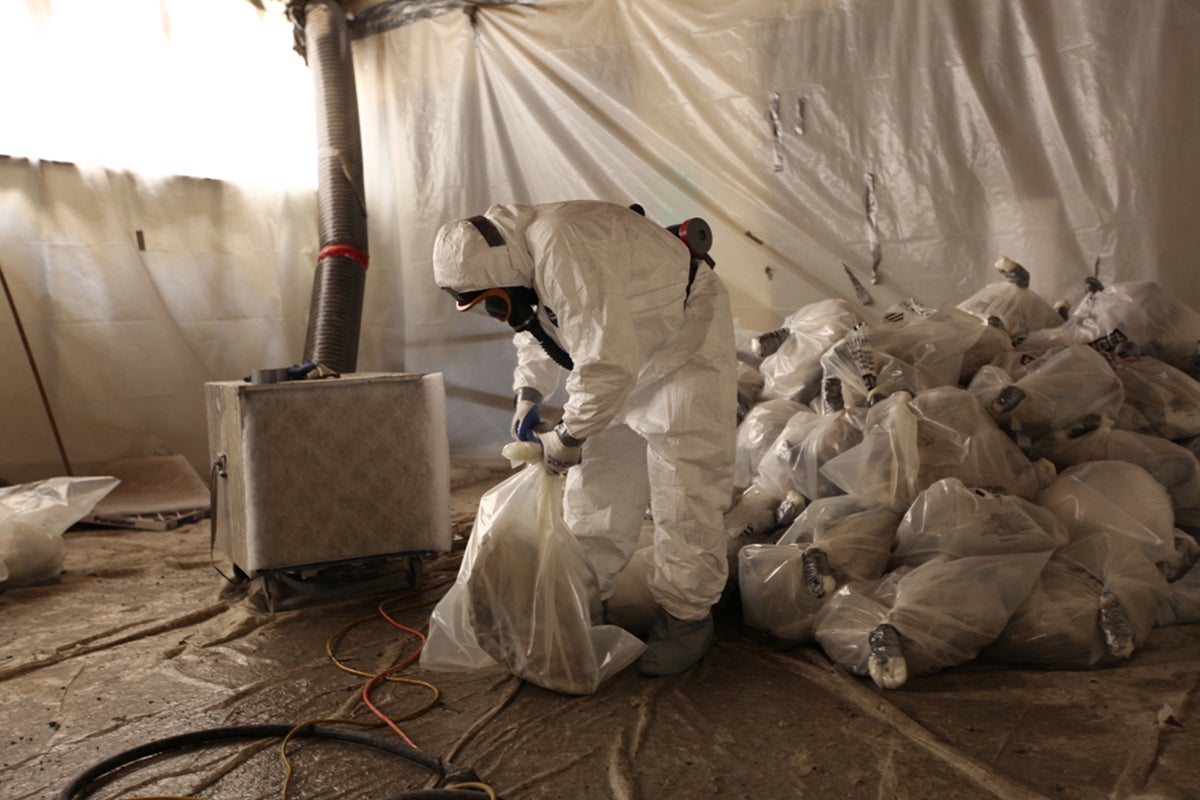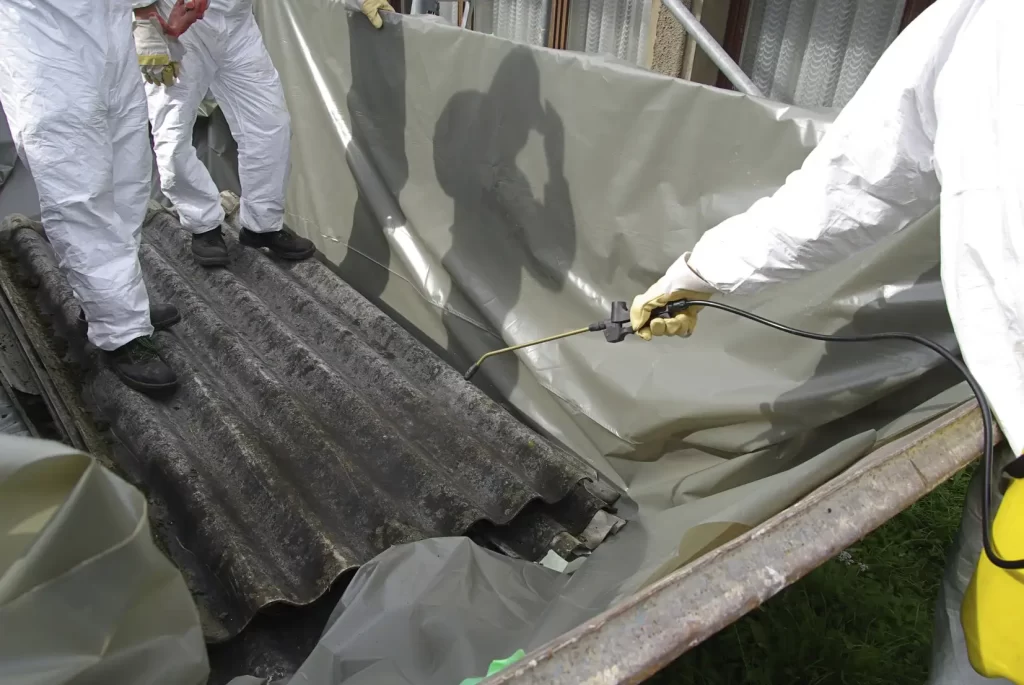Asbestos is a hazardous material commonly used in building materials due to its durability and heat resistance. However, its use has been linked to serious health issues, including lung cancer and asbestosis. In Ottawa, where many older buildings may still contain asbestos, proper testing is crucial for ensuring safety and compliance with regulations. Here are five essential facts about asbestos testing ottawa that every property owner should know:
1. Understanding Asbestos Risks
Asbestos was widely used in construction and manufacturing until the late 20th century. Its fibers can become airborne when disturbed, posing serious health risks when inhaled. Prolonged exposure can lead to severe respiratory conditions. Therefore, identifying and managing asbestos-containing materials (ACMs) is vital for preventing these health hazards.
2. Regulations and Legal Requirements
The asbestos testing ottawa and its management are regulated by both federal and provincial laws. The Ontario Occupational Health and Safety Act and the Environmental Protection Act require property owners and employers to conduct asbestos surveys and manage any identified asbestos safely. Regular inspections and proper documentation are necessary to ensure compliance with these regulations and to protect occupants’ health.
3. Professional Testing Services

Asbestos testing should always be conducted by certified professionals. These experts use specialized equipment and techniques to collect samples safely and accurately. The samples are then analyzed in the accredited laboratories to determine the presence and concentration of asbestos. Professional testing helps ensure that the results are reliable and that appropriate measures are taken to address any issues.
4. Types of Asbestos Testing
There are two main types of asbestos testing: bulk sampling and air sampling. Bulk sampling involves taking samples of suspected materials, such as insulation or flooring, and analyzing them for asbestos content. Air sampling, on the other hand, measures the concentration of asbestos fibers in the air, which is crucial for assessing the risk of exposure. Depending on the situation, one or both methods may be used to ensure a comprehensive assessment.
5. Managing Asbestos Risks
Once asbestos is detected, proper management is essential. This may involve removing the asbestos-containing materials or sealing them to prevent fiber release. It is crucial to follow established guidelines for asbestos abatement, including hiring licensed contractors for removal and ensuring that all work is done safely and in compliance with local regulations. Regular monitoring and maintenance are also important to manage ongoing risks effectively.



